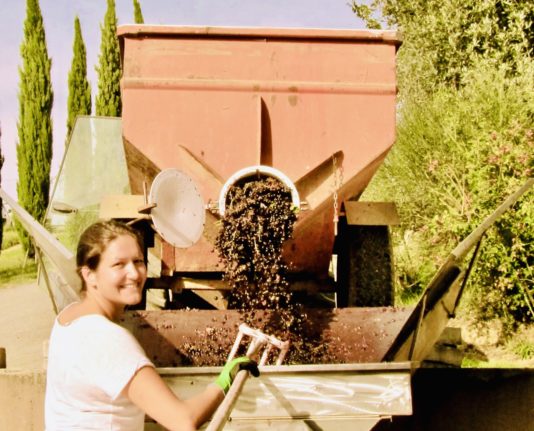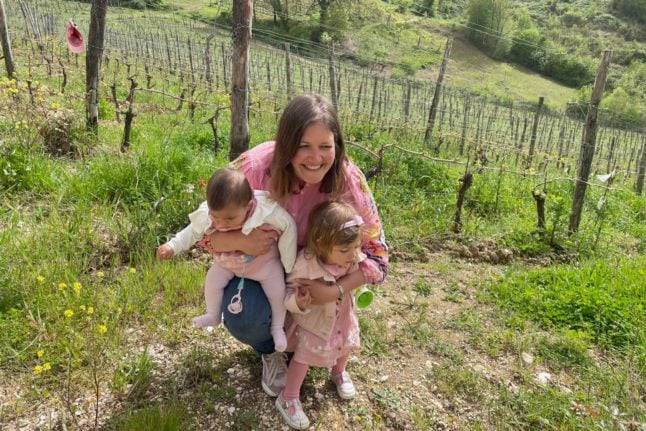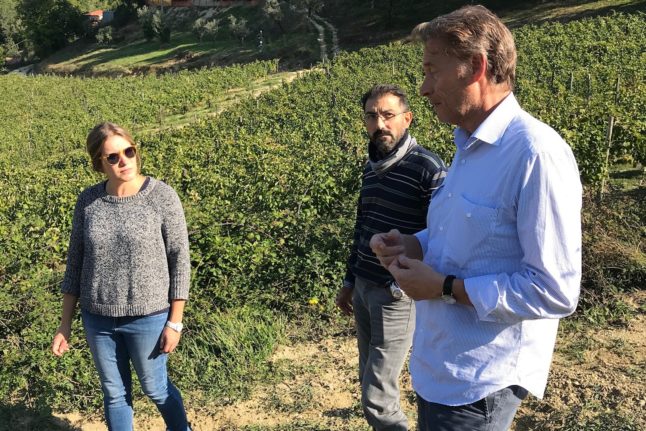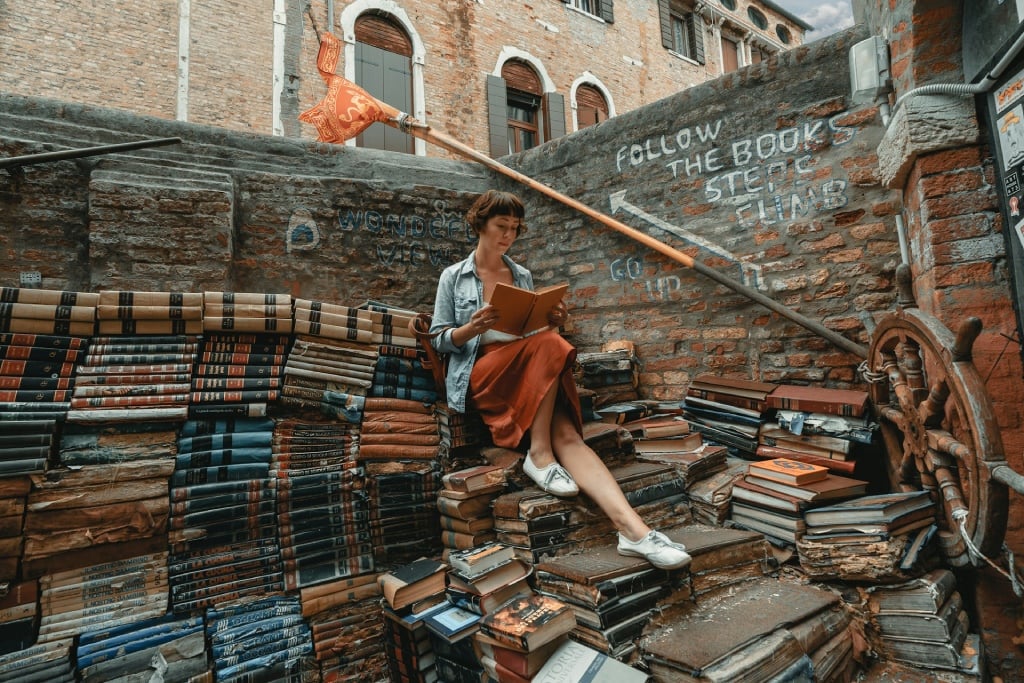At some point in life living the dream means abandoning your job, and this usually happens when people retire and think about what to do next.
But one UK professional made the opposite choice: in her early 20s, she decided to ditch a promising career in the corporate and consultancy sector to move to deepest rural Italy and recover her ancestors’ long-lost vineyard.
Scottish-Italian Sofia di Ciacca, with two degrees in law and history of art, worked for four years at KPMG in London and Edinburgh before she took the opportunity to do something different in life.
Her ancestors, who hailed from the tiny village of Picinisco in the province of Frosinone, Lazio, had migrated to Scotland decades ago. Every time she visited Italy as a child during the holidays, Sofia would feel the pull of her roots.
READ ALSO: ‘What we learned from moving to Italy and opening a B&B’
“I found myself presented with an opportunity very young, thanks to my family’s historical connection to the area, and thought: I either take time to build a career, or I can grab this chance,” she says.
“When you’re building a career, you already know what your trajectory will be: that you’ll be in an office here, and another office there. I realised I didn’t want that.”
At 23 she asked herself: why do later in life what I can do now?

This awareness took a while to develop, she says.
“As a child when I returned to Italy it was only as a holiday, not my day-to-day life. Imagine a young girl from Scotland, who had to learn about wine. I never thought about it when I was young.”
“Picinisco is so real, out of my comfort zone. That fascinated me”.
Sofia, now 33, says she decided “to create something of value, that lasts in time and memory”.
Her family had started renovating old buildings in the area, and supported her career leap, but the wine business was something she was going to personally handle and dedicate years of sacrifice, study and hard work to building.
READ ALSO: ‘Do your homework’: An American’s guide to moving to Italy
Sofia had to learn from scratch, in a job that wasn’t quite like sitting in an office in front of a computer, and that required specific physical and social skills.
She spent around four years studying the secrets of winemaking with Italian wine consultants in other parts of Italy, mainly on vineyards in Tuscany, where she learnt how to clean tanks, press grapes, plant vines, organise and run a canteen, and do the vendemmia (grape harvest).
“I did traineeships, met experts, other international wine students, and all this helped me to grow,” she explains.
“The wine world is very complicated, you need to learn basic principles and engineering before you can even fathom how to start anything. Only once you learn, study, then you can have your own say, go see how local farmers work, understand how deep they plough the soil”.
Almost 10 years later, her winery now produces premium wines, honey and extra virgin olive oil. The wine is from an ancient grape variety grown in the area, called Maturano, of which production had been forsaken when local families migrated.
She says it’s all a matter of gaining self-confidence built on hard graft, and it’s best to be honest and humble about things you don’t know, and are willing to be taught. Understanding the “rural respect for farmers” was key for her.

One challenge was figuring out how to split her life between two countries: Scotland and Italy, and deciding where to locate the sales site, whether it was best to be in the cantina in Picinisco or marketing her products in Edinburgh. She says the balance is still not perfect.
But the toughest obstacle was tackling Italian bureaucracy.
“I shed a lot of tears. The regulations hindered the business, like getting grants. You really need to follow the rules, understand the system, get the right people to advise you,” she says.
“But above all, stay honest. People will try to befriend you pretending to help, but it’s not worth it. As foreigners at the beginning you just don’t know how things work in Italy, you need to ask a lot of questions, and don’t be afraid to do that”.
READ ALSO:
- Visas and residency permits: How to move to Italy (and stay here)
- The five most essential pieces of paperwork you’ll need when moving to Italy
Another feat was the practical side of wine-making itself, which requires a lot of physical work, from hand-picking the grapes in the organic vineyard to getting the winery in shape.
“You need to get physically fit, and the machinery at first was really not for me,” Sofia says.
“I wasn’t great at understanding how it worked but luckily I had the right people to teach me”.
The first harvest came after years of tough vineyard revival. The six-hectare vineyard produces some 30,000 bottles a year, which have already won three international prizes. Alongside the premium white 100 percent Maturano wine, it also yields a sweet amber-coloured passito wine.

“I’ve always been fascinated by grapes, passionate about how they turn into wine,” Sofia says.
“Recovering the indigenous Maturano variety was a success, it grew well with the fertile soil and the climate. The grapes are left to do the talking, no yeasts are used.”
In the meantime, it’s become a family affair: Sofia got married – her husband, also Scottish-Italian, is a wine importer – and their two toddlers have now started taking part in the vendemmia.




 Please whitelist us to continue reading.
Please whitelist us to continue reading.
Awesome and inspirational story! 🙂